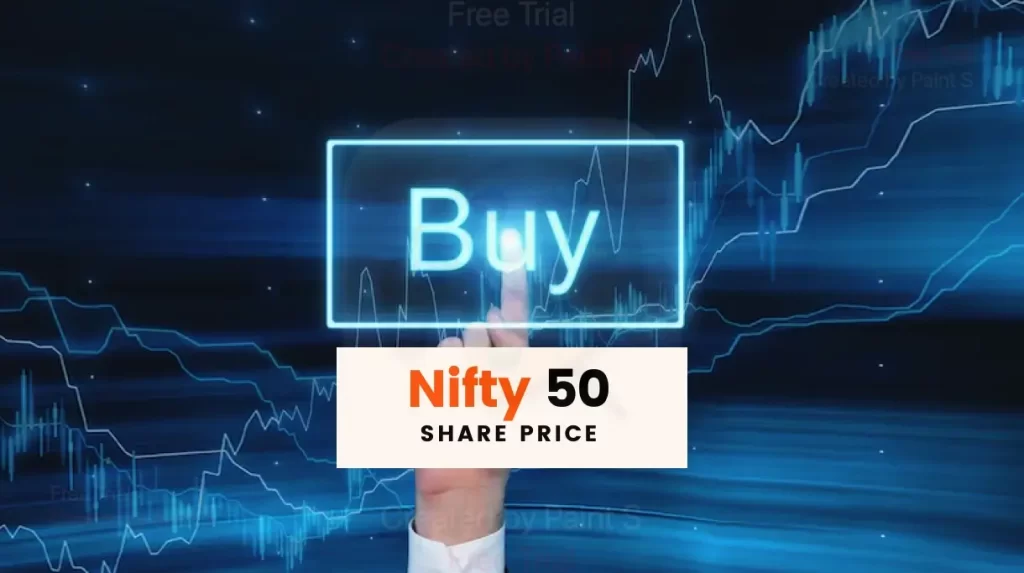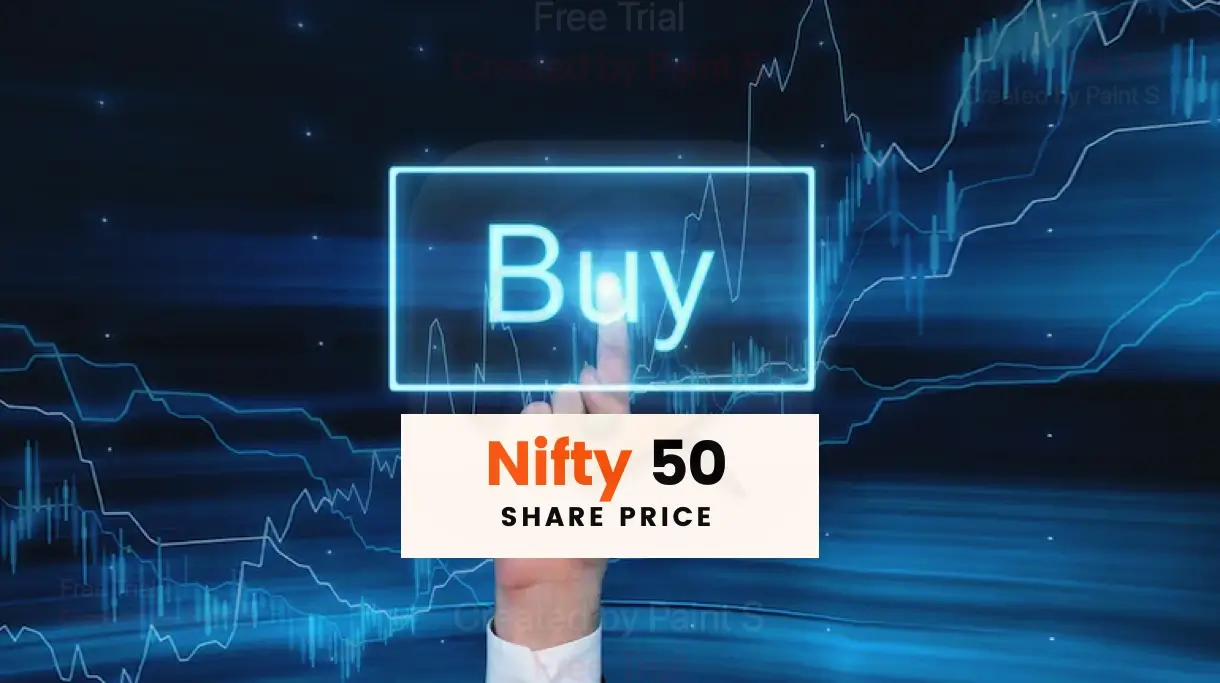Zomato reported Q3 FY25 revenues of ₹54 billion, a 13% QoQ increase, aligning with the expected 14% growth. The main growth driver was Blinkit, which saw a 27% QoQ and 120% YoY rise in Gross Order Value (GOV).
The food delivery segment grew 17% YoY in GOV with steady margin improvements. Adjusted EBITDA margin (as a percentage of GOV) increased by 80 basis points QoQ to 4.3%.
Profit after tax (PAT) was ₹590 million (compared to an estimate of ₹2.7 billion), down 57% YoY. This decline was due to higher investments in new dark-store openings and customer acquisition for the quick commerce business.
For the first nine months of FY25, revenue grew 68.5%, and adjusted EBITDA increased 5.1 times compared to the same period in FY24.
Looking ahead to Q4 FY25, revenue and adjusted EBITDA are projected to grow 65.8% and 70.5% YoY, respectively.
Outlook:
Based on a DCF valuation, Zomato’s target price is ₹270, offering a 13% upside from the current level. The stock retains a “BUY” recommendation.
Buy Zomato; target of Rs 270: Motilal Oswal
Motilal Oswal recommends a “Buy” on Zomato with a target price of ₹270, citing strong revenue growth, improved margins, and promising prospects in quick commerce and food delivery segments.
Zomato Share: Before You Invest, Here’s What You Need to Know
Zomato, one of India’s leading food delivery platforms, has become a significant player in the quick commerce and food delivery markets. As its growth continues to capture investor interest, here’s a simplified guide to understanding its stock performance and what you should know before investing.

#1. Zomato’s Business Model
Zomato operates primarily in the food delivery sector, connecting restaurants with customers through its app and website. It also has ventures like:
- Blinkit (quick commerce): Delivering groceries and essentials in minutes.
- Dining-out services: Helping users book tables at restaurants.
- Subscription plans: Offering discounts and benefits to regular users.
#2. Key Financial Highlights
2.1 Revenue Growth
In Q3 FY25, Zomato reported a revenue of ₹54 billion, up 13% from the previous quarter. This growth was fueled by:
- Blinkit: Gross Order Value (GOV) rose 27% quarter-on-quarter (QoQ) and 120% year-on-year (YoY).
- Food Delivery: A steady 17% YoY GOV growth with better margins.
2.2 Profitability
While Zomato’s adjusted EBITDA margins improved to 4.3%, its profit after tax (PAT) stood at ₹590 million, significantly below expectations due to higher investments in new dark stores and customer acquisition for Blinkit.
#3. Challenges Zomato Faces
a. High Competition
Zomato competes with players like Swiggy, Dunzo, and others in the food delivery and quick commerce spaces. Price wars and customer retention costs can impact margins.
b. Operational Costs
The company’s aggressive investments in new initiatives like quick commerce are driving up costs. While this could bring long-term growth, it impacts short-term profitability.
c. Regulation and Market Risks
Changes in government policies or shifts in consumer behavior could impact operations. For example, stricter data privacy rules or increased taxes may add pressure.
#4. Why Are Analysts Optimistic?
Motilal Oswal, a leading brokerage firm, has given a **“Buy”** rating on Zomato shares with a target price of ₹270. Here’s why:
- Expanding Market: India’s food delivery market is expected to grow significantly in the coming years.
- Improving Margins: As Zomato scales, it benefits from economies of scale, leading to better profitability.
- Innovation and Expansion: Quick commerce is a rapidly growing segment, and Zomato’s Blinkit is leading the charge.
#5. Zomato’s Long-Term Potential
1. Digital Revolution in India
With increasing internet penetration and smartphone adoption, more consumers are ordering food online. Zomato is well-positioned to benefit from this trend.
2. Quick Commerce Boom
The demand for instant delivery of groceries and essentials is rising, and Blinkit is one of the key players in this space.
3. Focus on Profitability
Zomato has shifted focus from pure growth to achieving sustainable profitability, which is a positive sign for long-term investors.
#6. Risks to Consider Before Investing
a. Volatility in Stock Prices:
Like other tech stocks, Zomato’s share price can be highly volatile, influenced by market sentiment, quarterly results, or macroeconomic factors.
b. Dependency on Urban Markets
Zomato’s primary revenue comes from urban areas, making it vulnerable to saturation in these markets.
c. Delayed Profitability
Though Zomato is making progress, achieving consistent profitability may take time, especially with high investments in new business areas.
#7. What Do Experts Say?
Many analysts are bullish on Zomato due to its strong position in the market and potential for growth. However, they caution investors to have a long-term perspective and be prepared for short-term fluctuations.
#8. Should You Invest in Zomato?
Before investing, consider these points:
- Your Risk Appetite: Are you comfortable with short-term volatility?
- Long-Term Vision: Zomato’s growth story may take time to unfold fully.
- Diversification: Ensure your portfolio is diversified and not overly dependent on a single stock or sector.
#Conclusion
Zomato is at the forefront of India’s food delivery and quick commerce revolutions. With its focus on innovation, expansion, and improving profitability, it holds immense potential. However, challenges like competition, high costs, and market risks require careful consideration.
If you’re a long-term investor with a high-risk tolerance, Zomato could be a promising addition to your portfolio. But as with any investment, do your research, analyze the market, and consult with financial experts before making a decision.






